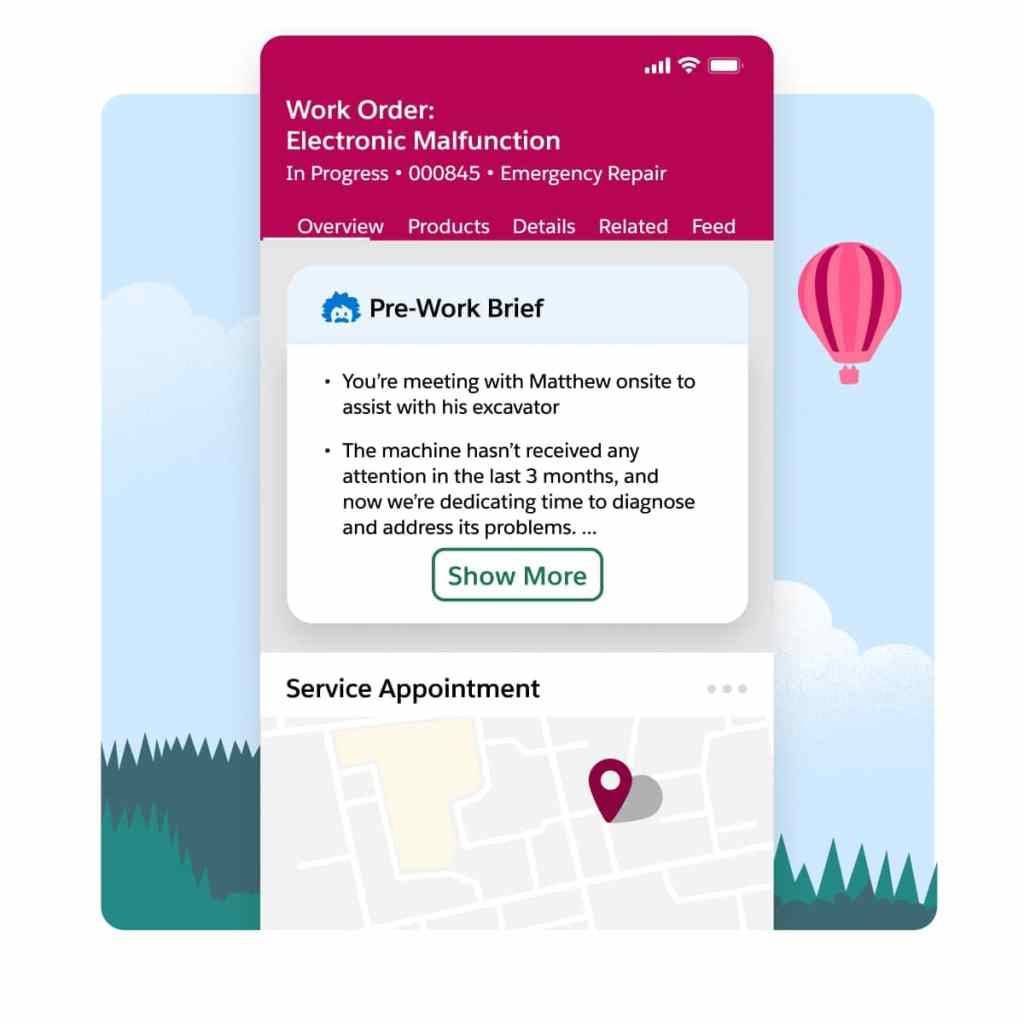
What Is Field Service Automation — And How Can It Help Streamline Your Field Operations
Learn how field service automation can improve the efficiency, productivity, and cost-effectiveness in your field operations.

Learn how field service automation can improve the efficiency, productivity, and cost-effectiveness in your field operations.


Field service automation streamlines important recurring tasks to improve efficiency and productivity in field operations. This includes scheduling, dispatching, routing, asset service management, invoicing, communications, and more.
Today’s customers want faster service and expect companies to deliver. Our research finds that 74% of mobile workers say that customer expectations are higher than they used to be. Field service automation can help you deliver on these expectations by helping your business to respond faster and more accurately.
Let’s look at how field service automation works, how it benefits your team, and how to choose the best solution.

Learn what high-performing service teams are doing with automation to boost field service productivity and customer experience.
Field service automation uses AI, machine learning, and other technologies to simplify and streamline field operations. It can handle manual, yet critical tasks such as scheduling and dispatching technicians, tracking job status, managing inventory, and ensuring the right resources are at the right place at the right time.
Field service automation offers accuracy, real-time updates, and streamlined operations. This not only saves time, but also reduces the burden on your team and enhances the overall customer experience. Our research finds that 83% of mobile workers at organizations with automation see the technology as a moderate to major benefit, better enabling them to focus on customers.
In contrast, manual processes are often characterized by paper-based systems, lack of real-time data, as well as the following:
Field service automation integrates the various functions of field operations into a single field service management platform. Here’s how it typically works:
These automated steps minimizes errors, saves time, and optimizes the coordination of field operations. This can lead to increased productivity and better overall customer experience.
The benefits of field service automation are significant. Here just a few that you’ll see:
Field service automation can help you streamline everything from scheduling to reporting. Below are some of the core areas where automation can help your business the most:
When it comes to streamlining your field service operations, many parts of the process can be automated. But when choosing an automation solution that's right for you, here’s what you should consider:
Your customers want speedy and high-quality service. Field service automation helps your team deliver on these expectations with every job — from dispatch management to the field. Streamlined processes and higher productivity can lead to higher CSAT, while reducing operational costs.
You’ll make life easier for your whole field service team by providing them with easy access to customer histories, route optimization, and automatic updates to customers. These capabilities help to reduce stress for them and your customers.
If you're looking to improve the quality and efficiency of your field service, while strengthening customer relationships, field service automation is key. Your service teams will be ahead of the curve when it comes to more responsive and customer-focused operations.

Make sure your customers get fast, complete service from start to finish. This starts with the right field service management solution with AI.